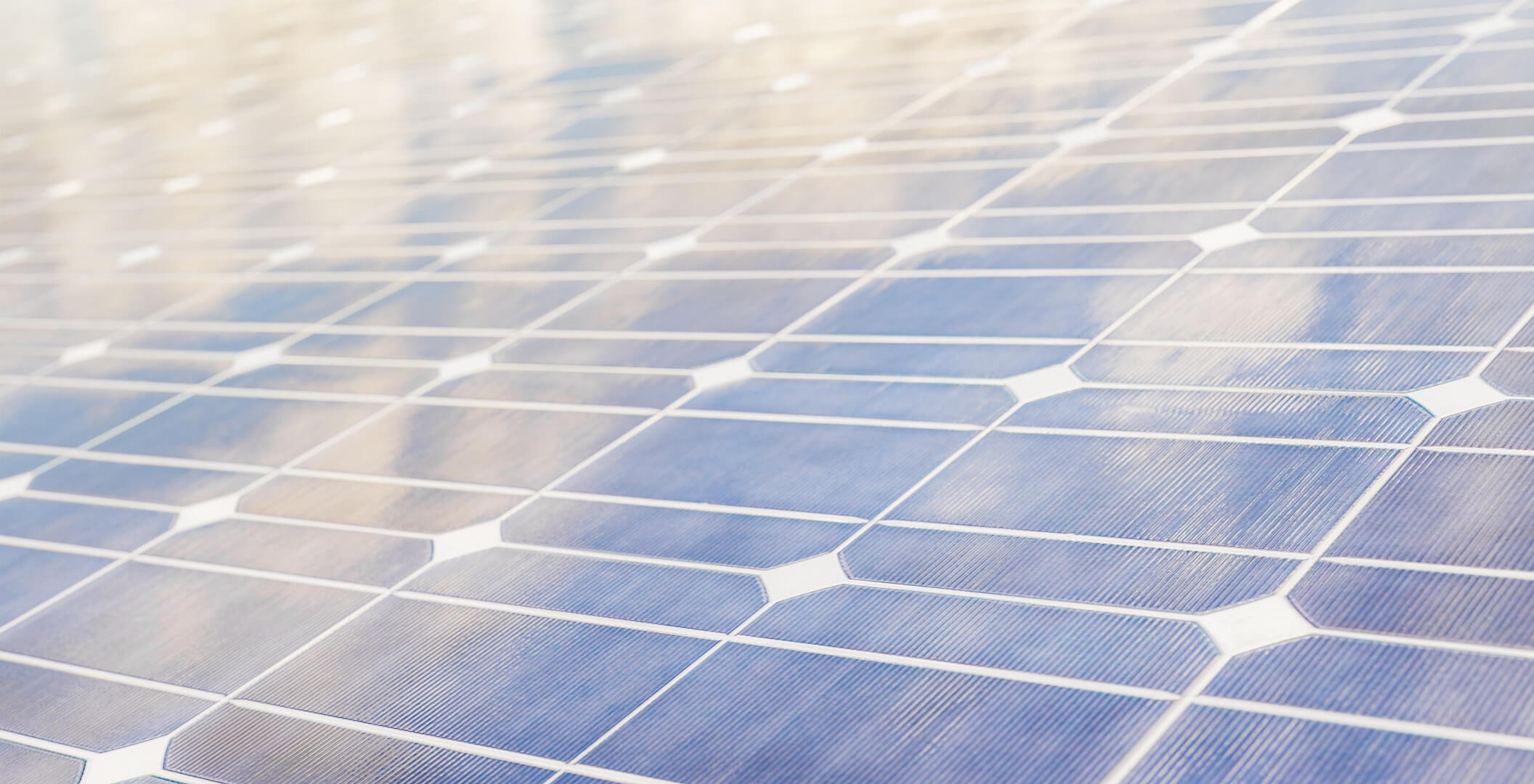As ASEAN’s energy demands continue to rise, the need for a united regional approach toward renewable energy has never been more urgent. In a recent Mingguan Malaysia article titled “Tenaga Boleh Baharu: ASEAN Perlu Nyatakan Komitmen Bersama” (Renewable Energy: ASEAN Needs to State a Joint Commitment),Dato(Dr.) Ir. Guntor Tobeng, Managing Director of Gading Kencana Sdn. Bhd., emphasizes the importance of a shared vision among ASEAN nations to accelerate the green transition.
With Malaysia serving as the Chair of ASEAN in 2025, Dato(Dr.) Ir. Guntor Tobeng highlights this as a pivotal opportunity for the nation to take the lead in shaping policies and partnerships that strengthen renewable energy cooperation across the region.
According to the article, ASEAN’s energy demand is expected to increase by 60–70% by 2040, yet renewable energy currently contributes only about 17% of the total energy mix. The ASEAN Plan of Action for Energy Cooperation (APAEC) 2021–2025 sets a target of achieving 23% renewable energy share — a goal that requires strong regional collaboration and policy alignment.
A key element in achieving this vision is the ASEAN Power Grid (APG) — an integrated system that enables member countries to trade electricity across borders. This network would allow nations rich in renewable resources, such as Laos with hydropower and Malaysia with solar energy, to support other countries in need.
By implementing the APG, ASEAN can reduce its dependence on fossil fuels, enhance energy security, and attract greater investment into the renewable energy sector.
Dato(Dr.) Ir. Guntor Tobeng concludes that for ASEAN to achieve true energy independence and sustainability, member nations must move beyond individual efforts and commit to a collective renewable energy roadmap — one that ensures a cleaner, greener future for the entire region.


About The Author
Othman